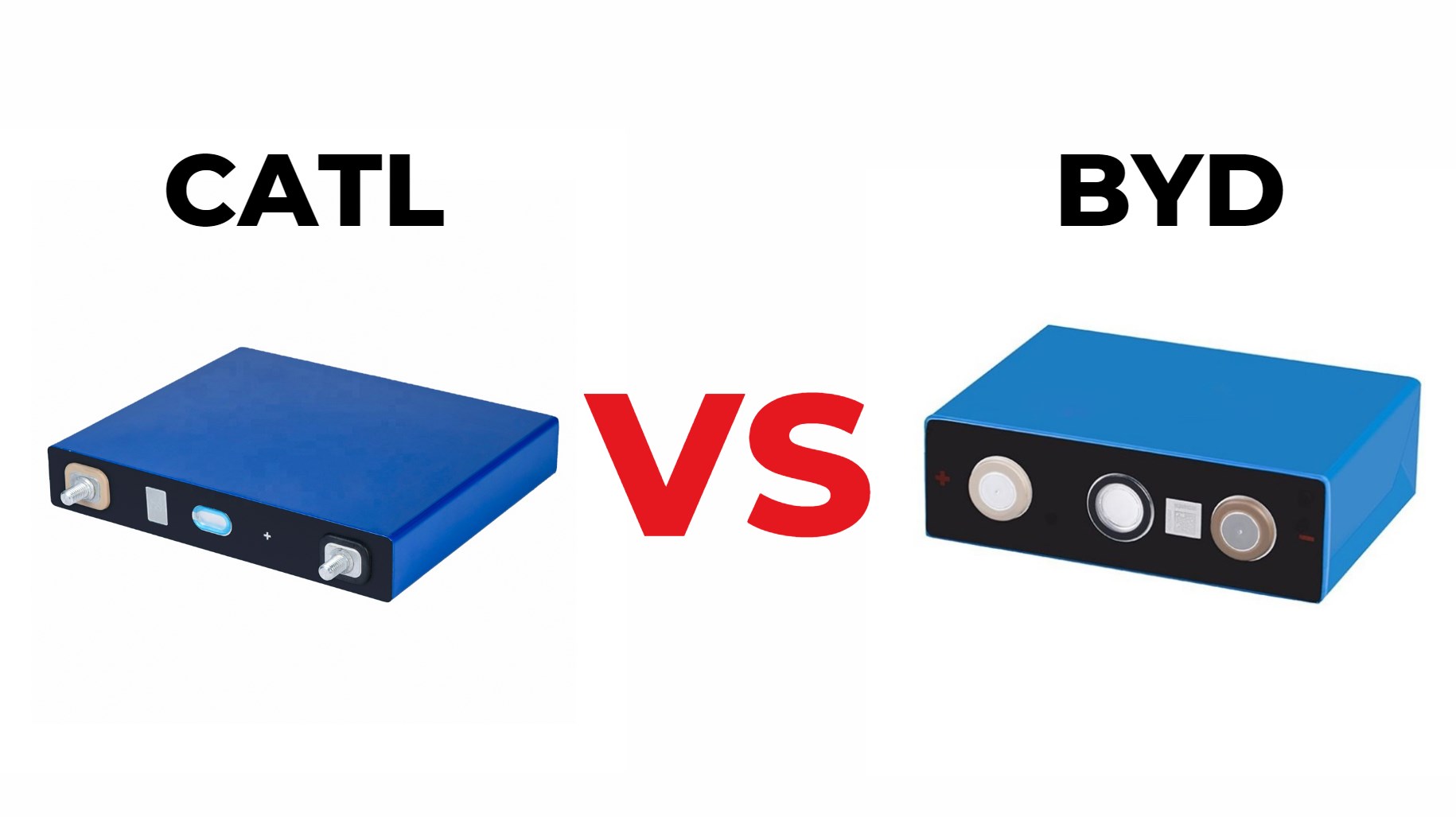In the competitive landscape of battery technology, understanding the charging times of different battery types is crucial for consumers and manufacturers alike. This article explores the differences between CATL (Contemporary Amperex Technology Co., Limited) and BYD (Build Your Dreams) batteries, focusing on their charging times, performance characteristics, and applications.
CATL and BYD batteries differ in their charging times. CATL batteries, with their NCM chemistry, can achieve a full charge in as little as 30 to 60 minutes. Their fast charging capabilities make them ideal for applications where minimizing downtime is crucial, such as electric vehicles. On the other hand, BYD batteries, utilizing LFP chemistry, have a typical charging time of 1.5 to 2 hours. Although slower to charge, BYD batteries prioritize safety, thermal stability, and longer cycle life. Understanding these differences helps users select the appropriate battery based on their specific needs.
CATL batteries typically offer faster charging times compared to BYD batteries due to advanced battery management systems and optimized cell chemistries. CATL’s focus on rapid charging technology allows for more efficient energy transfer during charging cycles.
Overview of Battery Technologies
Both CATL and BYD are leading manufacturers in the lithium-ion battery market, but they utilize different chemistries that affect their charging capabilities:
- CATL Batteries: Primarily known for their NCM (Nickel Cobalt Manganese) chemistry, CATL batteries excel in energy density and fast charging capabilities.
- BYD Batteries: BYD focuses on lithium iron phosphate (LFP) chemistry, which emphasizes safety, thermal stability, and cycle life over rapid charging.
Charging Times: A Comparative Analysis
1. CATL Batteries: Fast Charging Capabilities
- NCM Chemistry Advantages: CATL’s NCM batteries are designed to support faster charging rates. With energy densities often exceeding 250 Wh/kg, these batteries can absorb energy quickly without compromising safety or performance.
- Typical Charging Times: Under optimal conditions, CATL batteries can achieve a full charge in as little as 30 to 60 minutes. This rapid charging capability is particularly beneficial for applications in electric vehicles (EVs) where minimizing downtime is critical.
- Charging Infrastructure: CATL has also invested heavily in developing compatible fast-charging infrastructure, allowing users to take full advantage of these short charging times. This infrastructure supports high-power charging stations that can deliver significant energy in a short period.
2. BYD Batteries: Emphasis on Longevity and Stability
- LFP Chemistry Characteristics: BYD’s LFP batteries are known for their excellent thermal stability and safety features. While they may not charge as quickly as NCM batteries, they compensate with longer cycle life and durability.
- Typical Charging Times: Charging a BYD LFP battery generally takes longer, with full charges typically requiring about 1.5 to 2 hours under standard conditions. This slower charging time is often acceptable in applications where the focus is on longevity rather than rapid turnaround.
- Cycle Life Benefits: The slower charge rate contributes to the overall lifespan of BYD batteries. With proper management, LFP batteries can endure more charge cycles—often exceeding 3,000 cycles—making them ideal for applications where longevity is prioritized.
Comparative Summary of Charging Times
| Feature | CATL (NCM Chemistry) | BYD (LFP Chemistry) |
|---|---|---|
| Typical Charging Time | 30 to 60 minutes | 1.5 to 2 hours |
| Energy Density | 250+ Wh/kg | 140 – 180 Wh/kg |
| Cycle Life | Moderate | Excellent |
| Thermal Stability | Moderate | High |
| Ideal Applications | Long-range EVs | Commercial vehicles, fleets |
Applications Based on Charging Times
1. Applications for CATL Batteries
Given their fast charging capabilities, CATL batteries are particularly suited for:
- Electric Vehicles (EVs): The ability to recharge quickly makes these batteries ideal for consumer EVs that require minimal downtime.
- Public Transport: Buses and taxis benefit from fast-charging stations that allow them to operate efficiently throughout the day.
2. Applications for BYD Batteries
The slower charging times of BYD batteries make them suitable for:
- Commercial Fleets: Vehicles that operate on fixed schedules can afford longer charging times while benefiting from the longevity of LFP chemistry.
- Energy Storage Systems: BYD’s emphasis on cycle life makes their batteries ideal for stationary storage solutions where long-term reliability is essential.
Recent Developments in Battery Technology
As of October 2024, both CATL and BYD continue to innovate within the battery technology sector:
- CATL has announced advancements in ultra-fast charging technologies that could reduce charging times even further while maintaining safety standards.
- BYD is expanding its production capabilities to meet rising demand for LFP batteries, particularly in markets focused on sustainable transportation solutions.
Conclusion
In conclusion, while CATL batteries excel in fast charging capabilities due to their NCM chemistry—allowing full charges within 30 to 60 minutes—BYD’s LFP batteries prioritize longevity and stability with typical charging times of 1.5 to 2 hours. Understanding these differences is essential for consumers and manufacturers when selecting the appropriate battery type based on specific application needs.
FAQs
Can I use a BYD battery in a fast-charging application?
While technically possible, it is not recommended due to their slower charging capabilities compared to CATL batteries.
What are the benefits of choosing CATL over BYD?
Choosing CATL may be advantageous if rapid charging is a priority for your application, such as in electric vehicles requiring quick turnaround times.
How does cycle life impact battery choice?
Longer cycle life means less frequent replacements and lower long-term costs; therefore, BYD batteries may be preferable for applications where longevity is critical.






